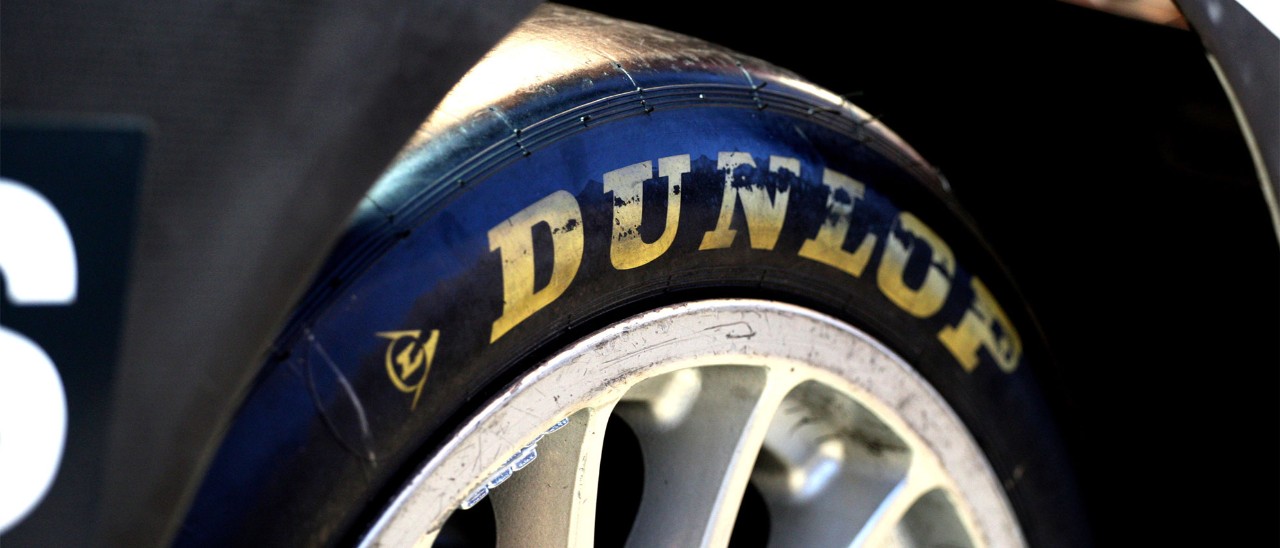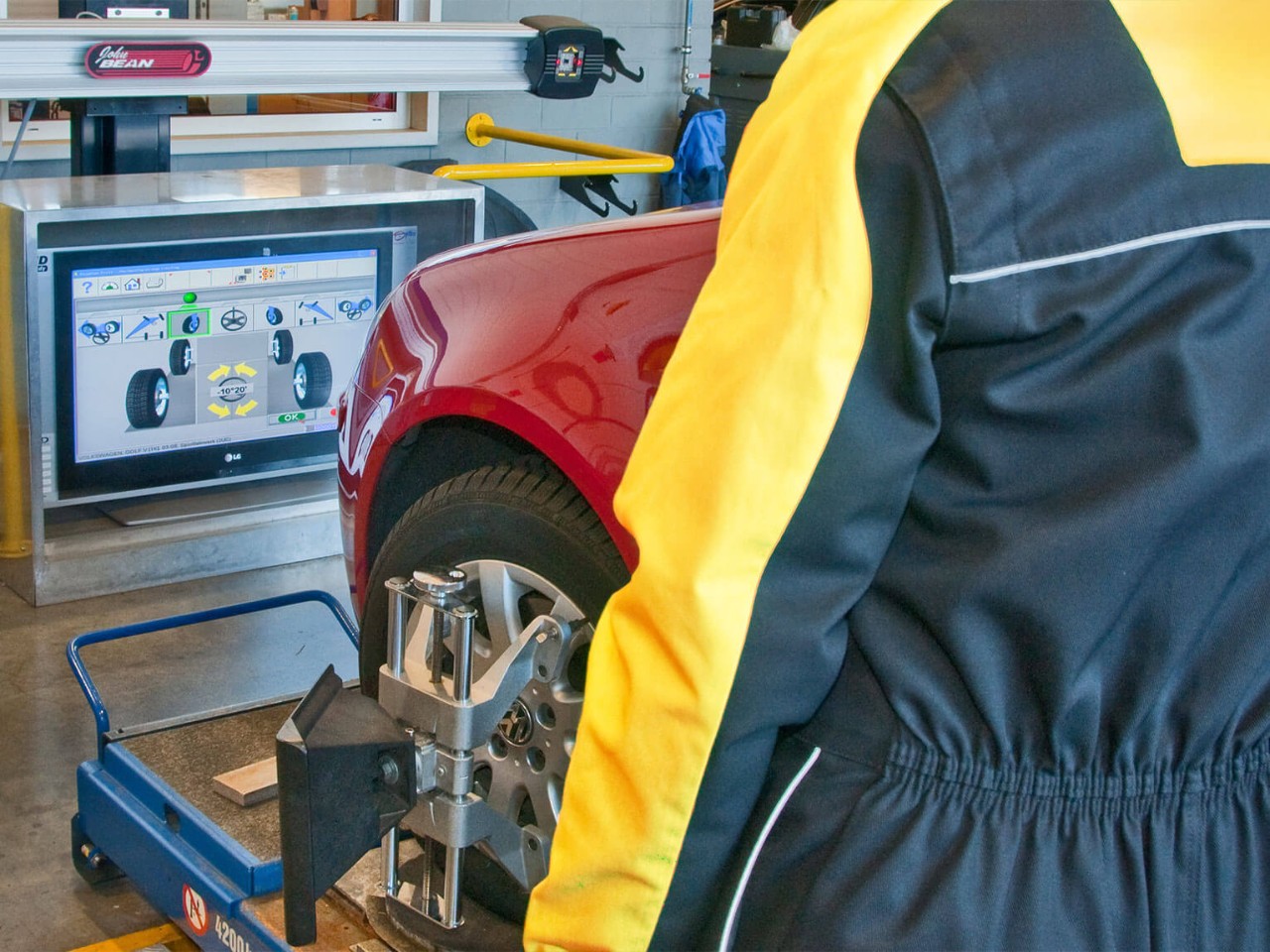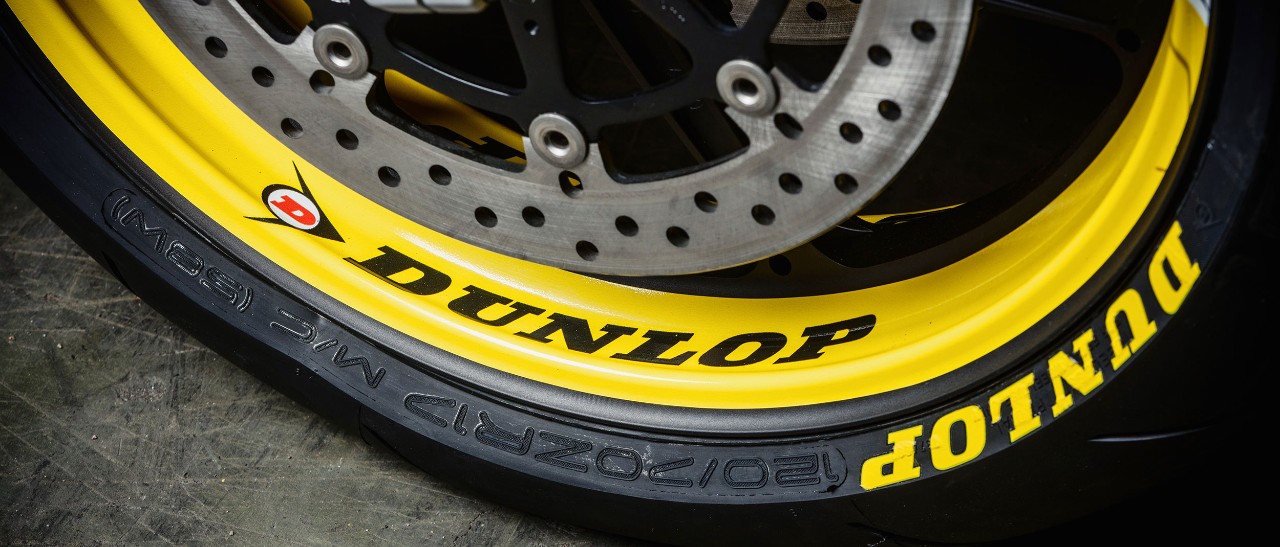It’s very important to look after your tyres. After all, your tyres are all that connect you to the road when you head out in your car.
Follow these eight simple tyre care tips to help you extend the lifespan of your tyres, keep you safe and maximise tyre performance.
You should ideally check your tyre tread at least once a month, or before you go on a journey. The most basic thing you’re checking here is tread depth. The legal limit is 1.6mm, so do not continue to travel if your tread is below this depth.
You should also be on the lookout for anything lodged in the tread, especially anything that looks like it could become a puncture. Also, check for uneven tread wear on your tyres. This could be a sign that wheel alignment is an issue, or your driving habits aren’t ideal.
For a more detailed breakdown of what to look out for, read our guide on checking tyre tread.

Your optimal tyre pressure should be made clear in your vehicle handbook. You can also find this information on the inside of the driver side door or on the inside of your fuel tank flap.
Keeping your tyre pressures at optimal levels is a fundamental part of tyre care. Incorrect tyre pressures can increase your fuel consumption, cause excessive tyre wear and ultimately put you at greater risk of an accident.
If your tyres are underinflated, they will wear faster on the outside edges. If they are overinflated, they will wear faster in the centre of the tyre. Ultimately, the faster your tyre tread wears down, the sooner you’ll need to replace your tyres.
Optimal tyre pressure can change depending on the load you’re carrying. You should adjust the pressure accordingly if you’re carrying a heavy load or driving with a car full of passengers – details of corresponding weight and pressure can also be found in the vehicle handbook.

Bad driving habits can impact negatively on your tyres. It can be difficult to avoid these habits all the time, but by maintaining good driving habits, you won’t be damaging your tyres unnecessarily. Here’s a list of bad habits to avoid:
As well as the bad driving habits we have just covered, another bad habit that people often fall into is overloading their vehicles. Your tyre’s sidewall will contain a load index number that corresponds with the maximum weight you should be traveling with in your car.
Read more about the load index on your tyre’s sidewall here.
If you overload your car regularly, you will weaken the sidewall and make your tyres more susceptible to failure. The tread will also wear down more quickly and you will find yourself with increased fuel costs. This is especially the case if you do not maintain tyre pressures as we have already noted.
Wheel alignment is an often-forgotten aspect of tyre care. Common signs that your wheels are misaligned include:
Even something as small as going over a speed bump can knock your wheel alignment out. So, if you haven’t had a wheel alignment service recently, make sure it’s a part of your next service.

There are three types of seasonal tyres you can purchase: summer tyres, winter tyres and all season tyres.
As you would expect, summer tyres perform optimally in the summer months in both wet and dry conditions, where optimal winter tyre performance is in the winter months whether conditions are dry, wet, snowy or icy.
It is a common misconception that winter tyres aren’t necessary in the UK because we don’t see a lot of snow. However, winter tyres perform better than summer tyres as soon as temperatures drop below 7°c. Not only that, but summer tyres stiffen up in cold temperatures and become more susceptible to damage and faster tread wear. By switching to winter tyres when temperatures drop below 7°c in autumn—and then returning to use summer tyres when temperatures increase again in spring—you can extend the life of your tyres and benefit from the best performance possible all year round.
But where are you supposed to store your tyres if you’re changing them over every six months for the appropriate seasonal set? If you don’t have a suitable garage with lots of space, you might think this is out of the question. However, your local tyre dealer may provide a tyre hotel service and they should be happy to change over your tyres for you when the time comes.
Alternatively, all season tyres provide an all year round option. All season tyres blend the technologies of both summer and winter tyres, meaning you don’t need to change your tyres over every six months as you would with summer and winter.
Dunlop provide an excellent overview of all season tyres here.

Lastly in our tyre care tips is to make the right choice when it comes to replacing your tyres. If you have followed all these tips, you will have prolonged the lifespan of your tyres for as long as possible. However, we all know that ultimately your tyres will need to be replaced at some point. But how do you make the right choice?
Firstly, many car manufacturers work with tyre manufacturers to select OE (original equipment) tyres for their vehicles. OE tyres are a great place to start, as you will know which tyres were designed specifically for your model of car.
Dunlop regularly works with car manufacturers to provide OE tyres, which you can browse here.
For more tips on replacing tyres, read our guide. Or use our tyre finder below.